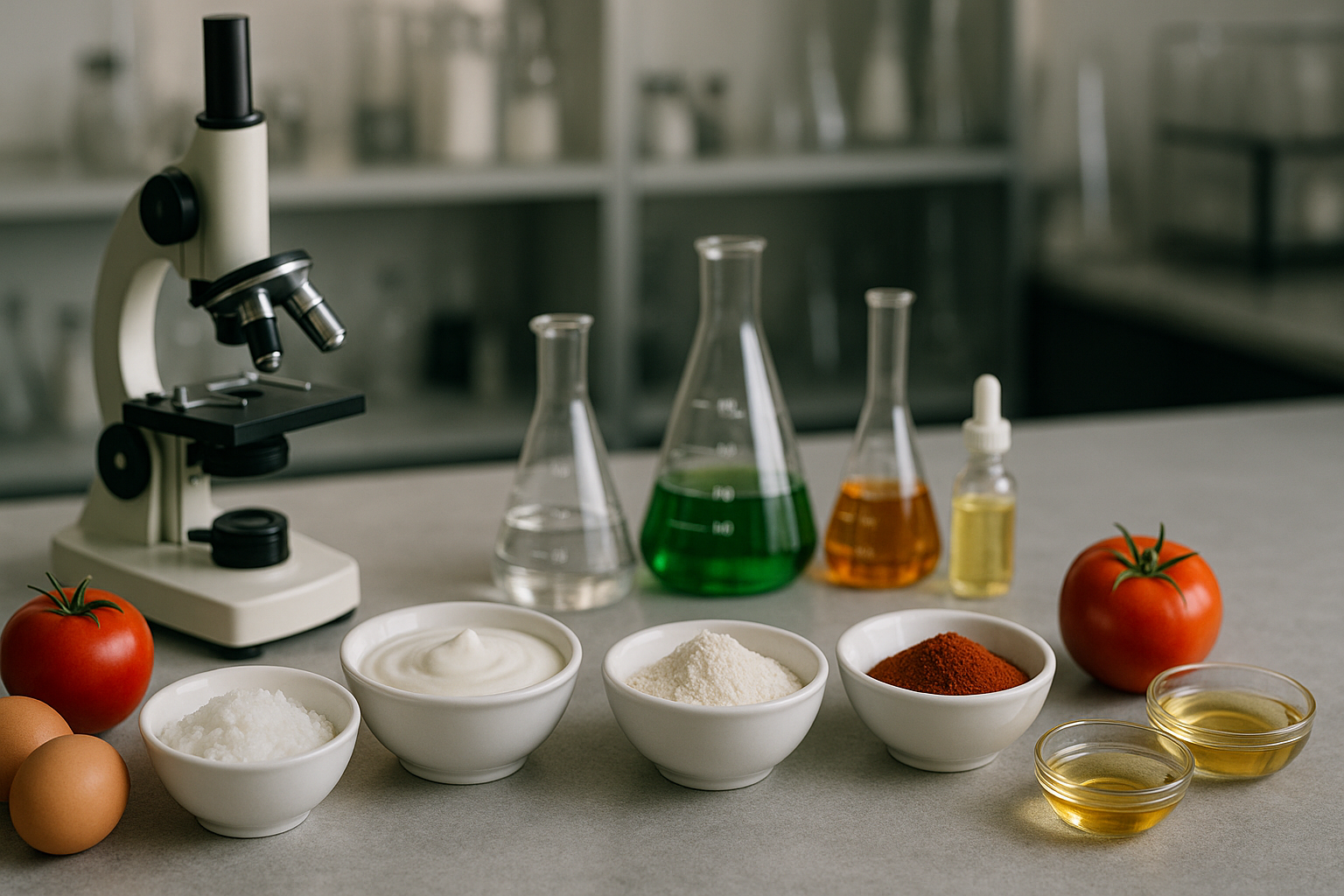Trending searches
Trending searches

Hydrocolloid Agar Agar
SUBSCRIBE TO OUR BLOG
Promotions, new products, and recipes.
Agar Agar: The Versatile Gel from the Sea
Agar agar, often simply referred to as agar, is a gelatinous substance derived from red algae. Its unique gelling properties have made it a staple in both culinary and scientific applications. But what is the story behind this intriguing substance, and how has it carved a niche for itself in diverse fields?
Historical Context
Agar's origins trace back to 17th century Japan, where it was traditionally used to make desserts. Its journey from a regional delicacy to a global phenomenon began in the 19th century when it was introduced to microbiology as a culture medium1.
The Science of Agar
Agar agar is a complex polysaccharide made up of agarose and agaropectin2. Its unique ability to form gels at relatively low concentrations is attributed to the presence of agarose, which undergoes a helix-coil transition upon heating and then reverts to its helical form upon cooling, trapping water molecules and forming a gel3.
A Multifaceted Ingredient
Agar's versatility is evident in its wide range of applications:
-
Culinary Uses: As a vegetarian alternative to gelatin, agar is used in desserts, jellies, and candies for its gelling properties6.
-
Scientific Applications: In microbiology, agar serves as a culture medium for bacteria and fungi7.
-
Pharmaceuticals: Agar's gelling properties are utilized in making capsules and suppositories8.
-
Cosmetics: Agar finds its way into cosmetic products as a thickener and stabilizer9.
Global Production and Key Players
The global demand for agar has led to its production in various regions, with major producers being Japan, Spain, South America and Portugal. Companies like Hispanagar, Gelymar, Marine Science Co., and Agarmex are leading suppliers in the agar industry10.
Beyond Food and Science
While agar's role in food and microbiology is well-established, its potential in biotechnology, especially in the field of tissue engineering, is being explored. Agar-based hydrogels are being studied for their potential in cell encapsulation and controlled drug release11.
Conclusion
Agar agar stands as a testament to nature's wonders, showcasing how a simple seaweed extract can have multifaceted applications. Its role in food, science, and emerging fields like biotechnology underscores its versatility and enduring relevance. As research delves deeper into its potential, agar's footprint in various industries is set to expand even further.
See Hydrocolloid Glossary -
For furture reading - Propylen Glycol (PGA)
References:
Footnotes
-
Matsuhashi, S., et al. "History of agar and agarose." Advances in Applied Microbiology, 1978. ↩
-
Armisen, R., & Galatas, F. "Production, properties and uses of agar." Production and utilization of products from commercial seaweeds, 1987. ↩
-
Duckworth, M., & Yaphe, W. "The structure of agar: Part I. Fractionation of a complex mixture of polysaccharides." Carbohydrate Research, 1971. ↩
-
Freile-Pelegrín, Y., & Murano, E. "Agars from three species of Gracilaria (Rhodophyta) from Yucatán Peninsula." Bioresource Technology, 2005. ↩
-
Araki, C. "A study of the constitution of agar-agar." Biochemical Journal, 1937. ↩
-
Bixler, H.J., & Porse, H. "A decade of change in the seaweed hydrocolloids industry." Journal of Applied Phycology, 2011. ↩
-
Roberfroid, M. "Functional foods: concepts and application to inulin and oligofructose." British Journal of Nutrition, 2002. ↩
-
Sriamornsak, P. "Application of pectin in oral drug delivery." Expert Opinion on Drug Delivery, 2011. ↩
-
Thakur, B.R., et al. "Chemistry and uses of pectin—a review." Critical Reviews in Food Science and Nutrition, 1997. ↩
-
FMC Corporation. "Agar production and its uses." FMC Biopolymer, 2015. ↩
-
Lee, K.Y., & Mooney, D.J. "Hydrogels for tissue engineering." Chemical Reviews, 2001.


|
About the Author Ed is the founder of Cape Crystal Brands, editor of the Beginner’s Guide to Hydrocolloids, and a passionate advocate for making food science accessible to all. Discover premium ingredients, expert resources, and free formulation tools at capecrystalbrands.com/tools. — Ed |
Related Posts

The Most Powerful Food Science Questions Journalists Are Asking Today

Inside the Pumpkin Latte: What’s Really in Your Cup (and a Better Homemade Version)

Breaking Bread: Rediscovering the Health Benefits of Bread Beyond the Myths
Enjoyed this post? Subscribe to The Crystal Scoop
Food-science tips, ingredient know-how, and recipes. No spam—unsubscribe anytime.
- Choosing a selection results in a full page refresh.
POLICY PAGES
QUICK LINKS
Guar Gum
Cape Crystal Brands, 18 Bank St., Suite 1, Summit NJ 07901.
- Phone: +1 908-273-5600
- Email: info@capecrystalbrands.com
- Tax ID: 26-2477626000
- FDA Facility Registration # 16980627550
- Kosher Certified: OKosher.org
Country/region
© 2025, Cape Crystal Brands | Sitemap
